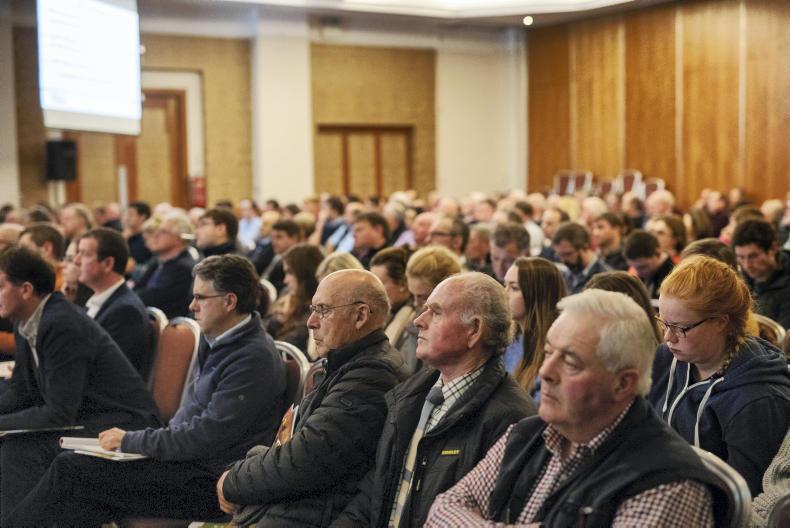The views of three of the Teagasc/Irish Farmers Journal BETTER farm beef challenge participants were a stark reminder of the challenges of incorporating dairy stock into viable beef systems.
Coming after Teagasc director Gerry Boyle spoke of the “interdependency between beef and dairy” and the “opportunities for beef farmers to rear heifers or run dairy calf-to-beef”, the comments by the pamnel of suckler farmers suggests that there is still a long way to go.
“I have 50 cows and a dairy calf-to-beef system on the farm. To be honest I would love to increase to 60 cows and drop the dairy calf-to-beef,” said Kerryman James Flaherty. Backing up James’ point, Limerick's Shane Gleeson said that he would strongly reconsider the future of dairy calves on his farm: “I’m not sure if I will stick to that system. There is a serious difference in quality between calves, that you can’t see when you buy them at three weeks old. If you buy a bad one, you’ll always have a bad one.” Kildare participant Ricky Milligan admitted that “the margin in the system is getting narrower every year as the quality of calves continues to deteriorate”.
2018 difficulties
The panel discussion, chaired by BETTER farm programme manager Alan Dillon from Teagasc, focused largely on the difficulties faced in 2018.
“We put about 30 cows and calves out in the first week in March. When the weather turned bad, we had to house them again. We lost 14 calves and three cows with pneumonia as a result,” explained James Flaherty. Outlining the reason for the outbreak, James highlighted poor ventilation in sheds, combined with the fact that the farm never vaccinated the stock. Flaherty estimates the outbreak cost the farm around €17,000.
For Shane Gleeson, the spring also held a lot of problems, with an outbreak of crypto hitting a number of newborn calves due to the inability to turn out stock due to the poor weather conditions.
For Ricky Milligan the spring was bad, but the real problems came over the summer when drought hit. Farming on free-draining soil, Milligan said: “On balance I think the summer was worse. Our second cut started to disappear so we had to graze it. Water also ran very tight which caused major concern. I estimate it cost me in the region of €18,000.”
Investment
Asked by Dillon what the best investment each farmer has made, the three agreed that grassland management was the most important.
For what was a difficult year on all farms, the three farmers were commended for their openness and honesty, with Dillon pointing out “we could have picked three other farmers and everything would have been hunky-dory. These three farmers had problems and we had to highlight that.”






 This is a subscriber-only article
This is a subscriber-only article










SHARING OPTIONS: